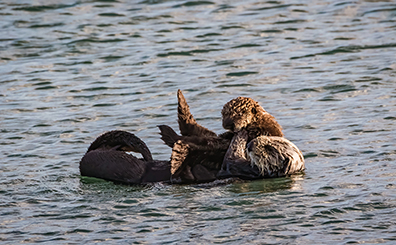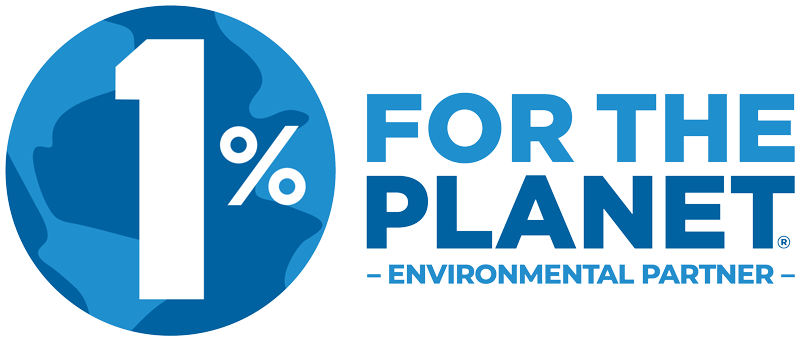
Chapter 12: Conclusions

A great many questions must be address and issues resolved before any final decision can be made as to whether an otter reintroduction should be attempted. This feasibility study did not aim to make recommendations for or against any specific course of action, but rather to provide useful information to aid resource managers and various stakeholders who will be contributing to discussions and decisions about sea otter reintroduction.

Five Key Takeaways
- Reintroductions have been successful. Reintroducing sea otters to their former habitats has been the single most important management action for recovery, helping to bring otters from near extinction in parts of the eastern North Pacific. Approximately 30% of today’s global number of otters is due to reintroductions to Southeast Alaska, British Columbia, and Washington.
- Reintroducing sea otters to Oregon is likely to succeed if done carefully. A reintroduced population(s) is likely to be viable if enough animals are released to appropriate habitats. However, the likely success of any single scenario is uncertain, so multiple release locations may be best. ORSO, the population model presented in this study, can help assess alternative strategies.
- Estuaries may be key. Along with nearshore ocean habitats, several Oregon estuaries may be suitable for a founding sea otter population (e.g., Coos Bay or Yaquina Bay).
- Reintroducing sea otters will have many positive and negative direct and indirect effects. As a keystone species, sea otters have uncommonly strong ecosystem effects, including direct effects on prey species (e.g., Dungeness crabs currently supporting a commercially important fishery) and indirect effects (e.g., increases in kelp forests and eelgrass beds that, in turn, increase finfish and invertebrate species that rely on them).
- Social, economic, legal, and regulatory issues must be considered. It is essential to reach out to the many stakeholders and community groups likely to be impacted.
Learn More
- Chapter 1 – Intro
- Chapter 2 – Prior History
- Chapter 3 – Population impacts
- Chapter 4 – Genetic considerations
- Chapter 5 – Ecosystem effects
- Chapter 6 – Habitat suitability
- Chapter 7 – Socioeconomics
- Chapter 8 – Admin/legal issues
- Chapter 9 – Logistics
- Chapter 10 – Health & welfare
- Chapter 11 – Stakeholder issues
- Chapter 12 – Conclusions
- Appendices: ORSO app, maps
Related: Reintroduction Economic Study
Key Quote
“There appear to be no insurmountable ecological, habitat, physiological, logistical, or regulatory barriers to restoring a population of sea otters in Oregon.”
Key Terms
Click on the following key terms used on this web page to see their definitions on the glossary page:



